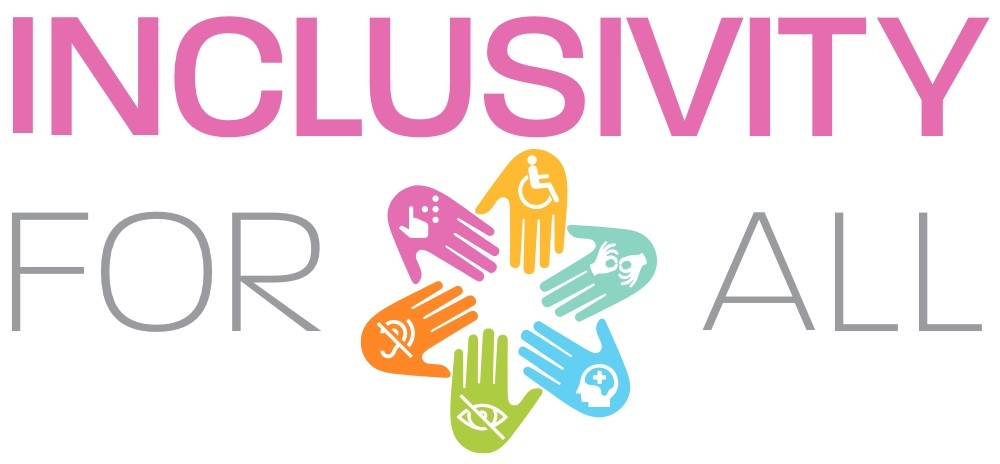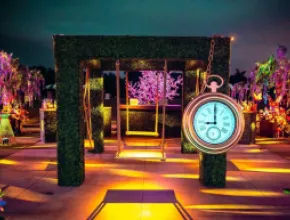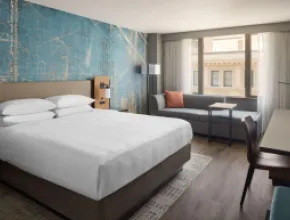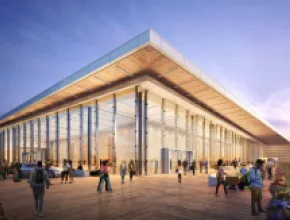Providing an inclusive, accessible environment for all who wish to attend your meeting or event is a laudable endeavor, but also one that gets more difficult the deeper the commitment.
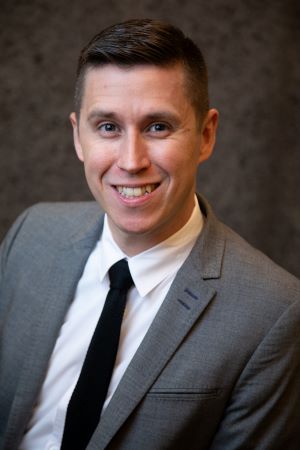
Nate Wambold, director, membership, meetings and conferences for the American Anthropological Association (AAA), has been there, done that and feels your pain. But he also has strong words of encouragement.
Wambold, a more than 15-year meetings industry veteran who has worked on the hotel side but has dedicated most of his career to associations, is also on the Planner Influencer Board of Destinations International to help the DMO community understand and implement accessibility initiatives. Wambold took a crash course on accessibility five years ago when he joined AAA, discovering just how important the issue was to its membership.
[Related: 10 Ways Meeting Planners Can Work With CVBs to Create a Welcoming Environment]
“When I got there, AAA leadership had experienced a segment of their membership that was pretty clear about the organization not paying enough attention to the idea and topic of access,” Wambold said. “So, when I arrived—sort of day one on the job—they said, ‘We’d really like you to reengage with this community and figure out what it is we need to do in this space to be a more welcoming environment for our members—for all of our members.’ So, I just started listening, and our members were really frustrated.”
Recognizing he was an outsider in the accessibility community, Wambold’s first mission was simply to listen, which is advice he gives colleagues who are at the beginning of their accessibility journey.
[Related: The 2023 Meetings Trendsetters Blazing Trails in the Events Industry]
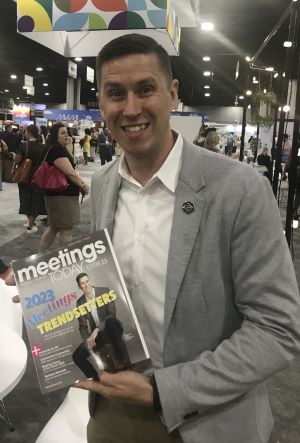
“In anthropology, in ethnography, it is about telling human stories, listening and doing a lot of introspective work and trying to see a world from a different point of view, I spent probably the first six months of my job in those trenches with our members, really learning their pain points and their experience, their frustrations, their anger—feeling it as they were on the receiving end, but also feeling it then eventually with them and empathetically for them,” Wambold said. “That’s what launched my work in this. I now see myself as an ally of the community, doing advocacy work alongside the disabled community.”
Wambold uses the oft-cited phrase that the disabled community is the largest minority demographic in the world, and also the only demographic in the world that any of us can join at any time.
“I think a lot of abled folks really take that for granted, and they see a world that works for them when in an instant, the entire world could not work for you pretty much overnight,” he said. “So, that launched this work five years ago. From there, I realized that we really needed some in-house expertise, so I created the first ever role of its kind in our association field, a role specifically focused on changing our culture. And now we embody and develop accessibility in everything we do.”
Wambold added that Nell Koneczny, CPACC, was hired into that role and spent three years doing the foundational work with association members, and that her work (see sidebar about AAA's website near at the end of this article) is being noticed by colleagues, with the pages of the association's website dedicated to accessibility being some of the most viewed across its entire web landscape.
“So, we know that people are interested in it and we know that they’re using it, and for us that makes it worth the work,” Wambold said.
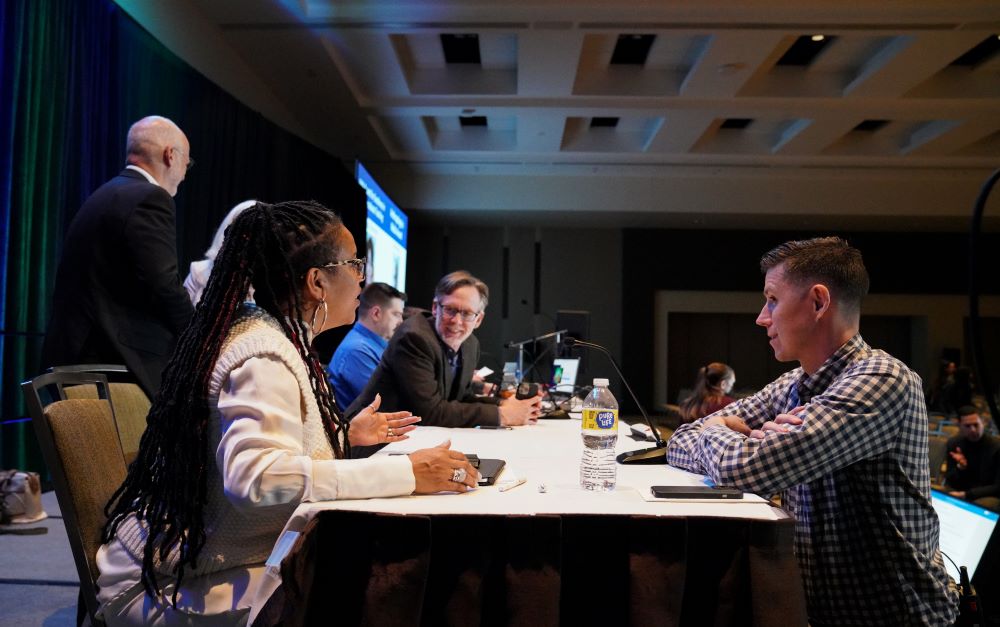
Free Webinar: Inclusive by Design: Partnering with Destination Organizations to Create Business Events Where All Belong]
Begin Your Accessibility Journey
Most meeting and event professionals buy in to the necessity of accessibility, but many don’t know where to begin or how in depth they should go. Of course, there are also costs associated with providing an accessible environment, and communicating that to stakeholders is almost always a challenge. In talking with any accessibility advocate, one quickly discovers that merely adhering to Americans with Disability Act (ADA) requirements is the bare minimum, and hardly adequate, measure.
Wambold contends planners can approach accessibility in one of two ways: use universal design to build accessible spaces, making accessibility a core part of their organizational culture; or waiting for attendees to notify the organization of their needs.
“The ADA exists to require organizations to accommodate folks who raise their hands and say they have needs,” he said. “The ADA was landmark legislation. It’s hugely important in the movement but it stops far short of building an accessible world. We don’t want our members to have to disclose that they have needs. In some ways they need to do that still, while we’re still building a more accessible world together, but we want to do everything in our power to minimize the need to disclose as much as we can. So, we focus on building from a place of access using universal design.”
Wambold also noted interpreting and access partner Kyle Duarte, of the Kyle Duarte Company, as a critical AAA partner.
[Related: How to Plan Accessible Meetings and Events]
The First Step
In the association segment, understanding the needs of one’s membership is the obvious first step.
“To build a completely accessible world is very expensive. It takes a lot of time, a lot of money, a lot of expertise,” Wambold said. “But you can do a lot of little things that are going to make the biggest differences in your membership if you understand your members’ biggest needs. Do your members have mobility issues, and do they need physical access? Do you have deaf or hard of hearing members, members with auditory access needs, or members with language access needs? Do you have blind members? Do you have neurodiverse members?
“All of these people in our communities can really inform the kind of access work you’re going to want to focus on in your organization that’s going to ultimately make the biggest impact to the most people in the shortest timeframe,” he summed up.
Changes that require a large amount of capital investment, such as having ASL (American Sign Language) interpreters, CART captioning (real-time captioning by a stenographer to turn spoken words into text) and the redesigning of spaces may be ultimate goals, but relatively easy and inexpensive methods to help ensure accessibility can be as simple as setting registration desks at desk height rather than counter height, with the same consideration given to food and beverage presentations.
[Related: 3 Resorts With Commitments to Accessibility]
Altering a room set that contains only rounds of 10 to include some rounds of one or two can provide great relief to those who have social anxiety issues or who are neurodivergent and have trouble focusing in large groups of people.
“Looking at your world differently and trying to sort of put yourself in the shoes of someone who has a different experience than you can really be a cost-effective way to make real meaningful change in your event planning,” Wambold advised.
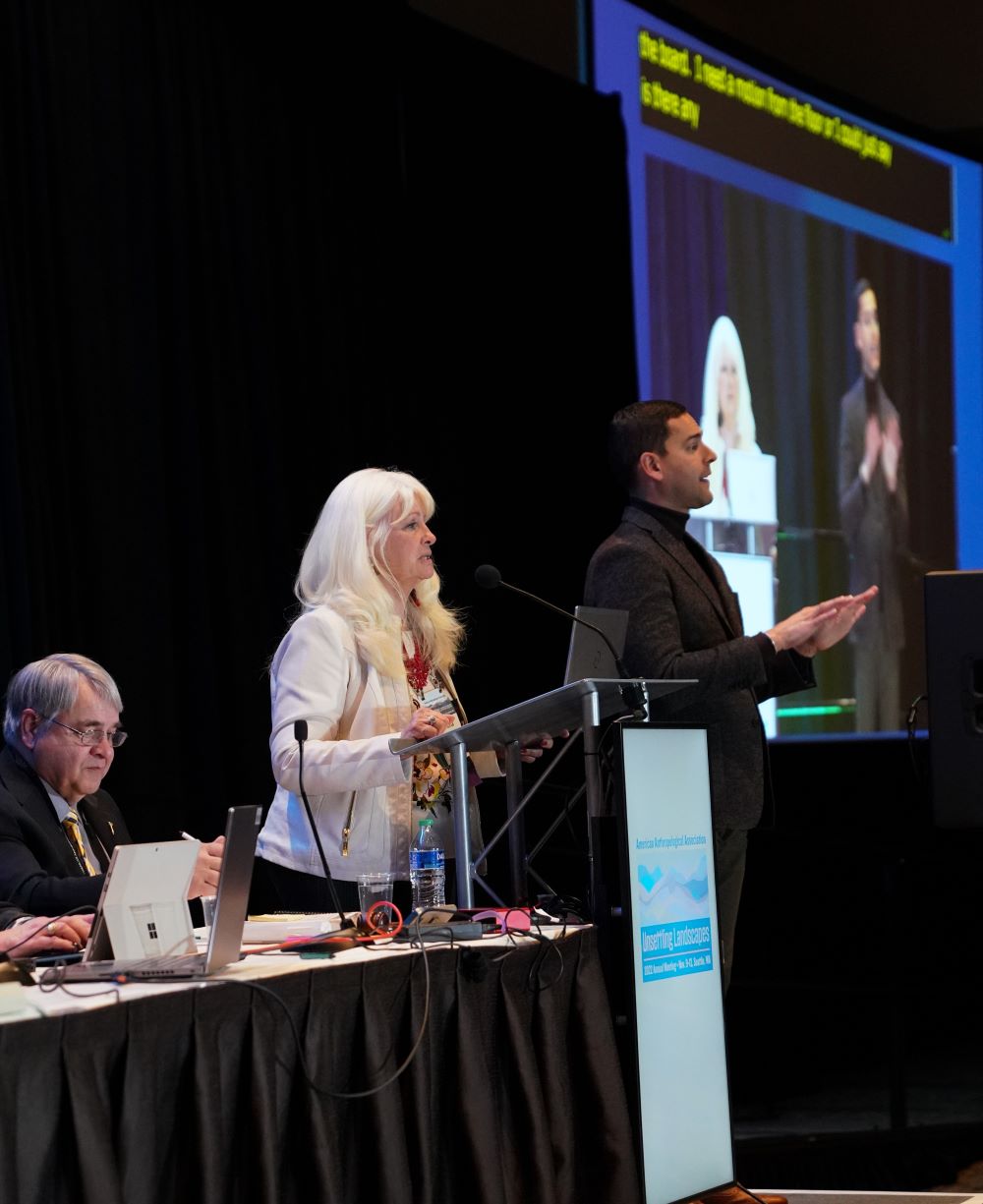
Learn From Mistakes
Wambold admitted that he was overwhelmed at the start of his association accessibility journey, and that the passion of those advocating for a more accessible world can sometimes be intimidating to those who are not from that community and thus don’t live in it 24/7. But, he added, our colleagues in access are typically very understanding and want to share their experiences and expertise.
“When I think back to five years ago and how I started, I was afraid to ask questions and afraid to say the wrong thing and afraid to address a group of people in the wrong way,” Wambold said. “I think the most important thing to think about when you’re getting started in this space is just to give yourself and others the respect and the grace to be able to have honest conversations. You’re going to make mistakes, you’re going to fall down, you’re going to fall flat on your face in front of some important people. But if you’re doing that from a place of respect, and from a place of really wanting to make a meaningful difference in the lives of folks who are different from you, those people will pick you up and they will help you not make those mistakes again.
“This community is full of advocates who are frustrated with a world that does not meet their needs,” he continued, “but they are kind people who recognize allyship and recognize the work that folks are doing for the right reasons, and they want to contribute to and help that.”
Wambold admits that however well-intentioned and thorough AAA is regarding accessibility, it still comes up short in areas.
[Related: Accessibility Experts Share Advice for Meeting and Event Planners]
“In an ideal world with unlimited resources, we would have ASL in every single room at every single session,” he said. “We do the most we can with the resources we have, and we try to make the biggest impact we can with those resources, and that is a growing conversation. We revisit that budget every year, we talk a lot internally about whether or not that budget should grow, and if so, to what degree and at what speed. And we track our metrics on how many people use our services and report back on the value of those services to us so we can use that tracking and those data to inform decisions about budgetary costs and resource allocation.
“We’re constantly on journeys of learning. It’s overwhelming,” he added. “But on a windy day at the beach, the best way to put a blanket down is to start with one corner. So, start small. Start in places that are going to make big impactful differences to your membership.”
A Must-Visit Association Accessibility Website
The American Anthropological Association has particularly robust sections of its website dedicated to accessibility in general and also regarding its annual meeting.
The Accessibility section for AAA’s annual meeting includes the work of Nell Koneczny, and resources such as the following:
- Practices at the Meeting
- Practices to Follow as an Attendee
- Disability and Language Accommodations
- Presenter Guidelines At-a-Glance
To help both online and in-person conference speakers ensure their presentations are accessible, AAA asks for the following information as part of its In-Person Presentation Accessibility Guidelines:
- List of terms
- Outline
- Visual descriptions and alt text
- Accessible slides, poster and/or PDF (depending on session type)
- Slower pace of speaking
- Introductions of speakers
- Screen-reader-friendly supplemental materials
- Closed captioning and/or transcripts
- The association also offers a Collective Access Page that provides detailed instructions and templates for materials preparation.
Access AAA's In-Person Presentation Accessibility Guidelines
Read Next: Megan Henshall on Designing Inclusive Events and Attracting the Next Generation



